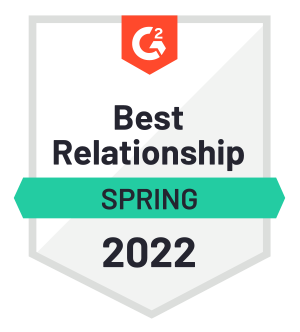
Welcome to CivilGEO Knowledge Base
Welcome to CivilGEO Knowledge Base

Welcome to CivilGEO Knowledge Base
Welcome to CivilGEO Knowledge Base
Sometimes it becomes necessary to intersect two (or more) polygons with each other. For example, polygons representing a watershed catchment and a parking lot may overlap, and it may be desirable to intersect the two polygons so that there is no overlap. The original polygons are intersected and divided so that each overlap area becomes a single, separate polygon. If necessary, the user can merge subdivided polygons into a single polygon of the same type.
The Intersect Polygons command can be used to create new polygons from the common overlapping areas between the intersecting polygons. This command causes the intersecting polygons to be split into smaller polygons along the edges of the intersection. The following illustration shows how this command works.

Note: After using the Intersect Polygons command, the attribute values defined in the original polygons will be retained. However, area and perimeter attribute values are adjusted to reflect the change in polygon size and shape. Newly created polygons will contain attribute values corresponding to area and perimeter. Specific attribute data, such as Curve Number, % Impervious, etc will be undefined.
Follow the steps below to use the Intersect Polygons command:


The following sections describe the Intersect Polygons command and how to interact with the above dialog box.
The Select Polygons to Intersect section allows the user to select the polygons to create new polygons from the common overlapping areas between the intersecting polygons. Click the [Pick] button to select the polygons from the Map View. After clicking the [Pick] button, the dialog box will temporarily disappear, and a prompt will be displayed on the status bar instructing the user on what to do next. The user can then interactively select polygons from the Map View.
After selecting the polygons, the number of selected polygons will be displayed in the Pick polygons read-only field. Click the [Clear] button to cancel all the previous selections and redo the entire process.
Note that if polygons were pre-selected prior to running this command, then the Pick polygons read-only field will display the number of selected polygons.
This section allows the user to create a new general drawing layer or a GIS layer for the polygons created after the intersection. By default, the software places the newly created polygons in the Default Drawing Layer. When creating a GIS layer, the polygons are saved as a shapefile.

The following entries are provided in this section to define the type and name of the map layer:
This section gets enabled when the user selects a GIS layer type. Otherwise, the options in this section are not available.

The Directory field defines the path and name of the shapefile to be created. Click the […] browse button to select the shapefile directory and file name.
The Schema definition data table allows the user to define the fields to include for the shapefile layer.
This data table requires the following data:
When all data have been defined in the dialog box, click the [OK] button and the software will create new polygons from the common overlapping areas between the intersecting polygons.
 1-800-301-02-955
1-800-301-02-955
 608-729-5100
608-729-5100
(US and Canada)
 [email protected]
[email protected]
 +1 608-729-5100
+1 608-729-5100
CivilGEO India
Graphix Tower, A-13 A
3rd Floor, Sector 62
Noida, Uttar Pradesh 201309
IndiaTel:
1-800-301-02-955 or
+91 022-3831-8601
CivilGEO United States
8383 Greenway Blvd
6th Floor
Middleton, WI 53562
USATel:
608-729-5100 or
800-488-4110
Copyright © CivilGEO, Inc. All rights reserved. The CivilGEO logo, “GeoHECHMS”, “GeoHECRAS”, and “Ready To Engineer” are registered trademarks of CivilGEO,
Inc. All other brands, company names, product names or trademarks belong to their respective holders.
We use cookies to give you the best online experience. By agreeing you accept the use of cookies in accordance with our cookie policy.
When you visit any web site, it may store or retrieve information on your browser, mostly in the form of cookies. Control your personal Cookie Services here.
The ZoomInfo WebSights snippet drops three cookies to track Unique Visits:
1. _pxhd - Related to the Perimeter X security layer (Perimeter X isused to prevent bot attacks).
2. _cfduid - Related to the CloudFlare security layer (CloudFlare is the Network Security protocol that ZoomInfo uses to orchestrate the rate limiting rules).
3. visitorId - This is how WebSights identifies recurring visitors








